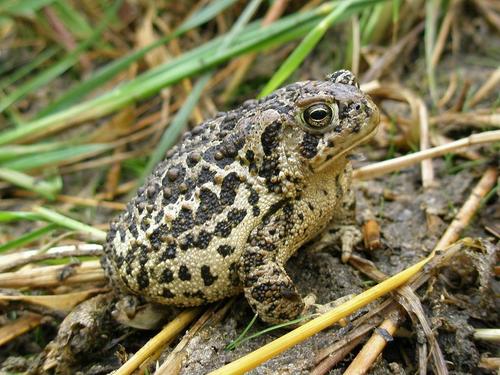
Wyoming Toad
The Wyoming toad (Anaxyrus baxteri) is a rare amphibian with distinctive dark spots on olive skin, native to Wyoming's wetlands. Once abundant, it now teeters on the brink of extinction, highlighting the critical need for conservation efforts in its unique ecosystem.
8 years
Lifespan
56.7 - 85.0 g
Weight
2 years
Age of Sexual Maturity
Extinct in the Wild
Conservation Status
Characteristics
Anaxyrus baxteri, commonly known as the Wyoming toad, is a small, critically endangered amphibian native to the Laramie Basin, Wyoming. It thrives in wetland habitats but has faced severe population declines due to habitat loss, disease, and environmental changes. Notably, it possesses distinct dark spots across its olive skin.
Distribution Range of the Wyoming Toad
Anaxyrus baxteri, commonly known as the Wyoming toad, is native to the Laramie Basin in Albany County, Wyoming, USA. Historically, it was found in greater abundance within the floodplain and surrounding areas of the Laramie River.
Wyoming Toad's Habitat
Environmental Conditions
The Wyoming toad inhabits semi-arid regions characterized by high-altitude shortgrass prairie ecosystems. It is primarily found in wetland areas, including ponds, lakes, and marshes, where there is permanent or semi-permanent water. The climate of its native region features cold winters and warm summers, with low precipitation levels.
Ecological Niche
This species is adapted to living in moist, grassy areas near water bodies, where it can find its primary food sources, such as insects and other small invertebrates. The toad is nocturnal and relies on the presence of water for breeding, laying its eggs in shallow water where the tadpoles can develop.
Copyright @ Nature Style Limited. All Rights Reserved.
 English
English